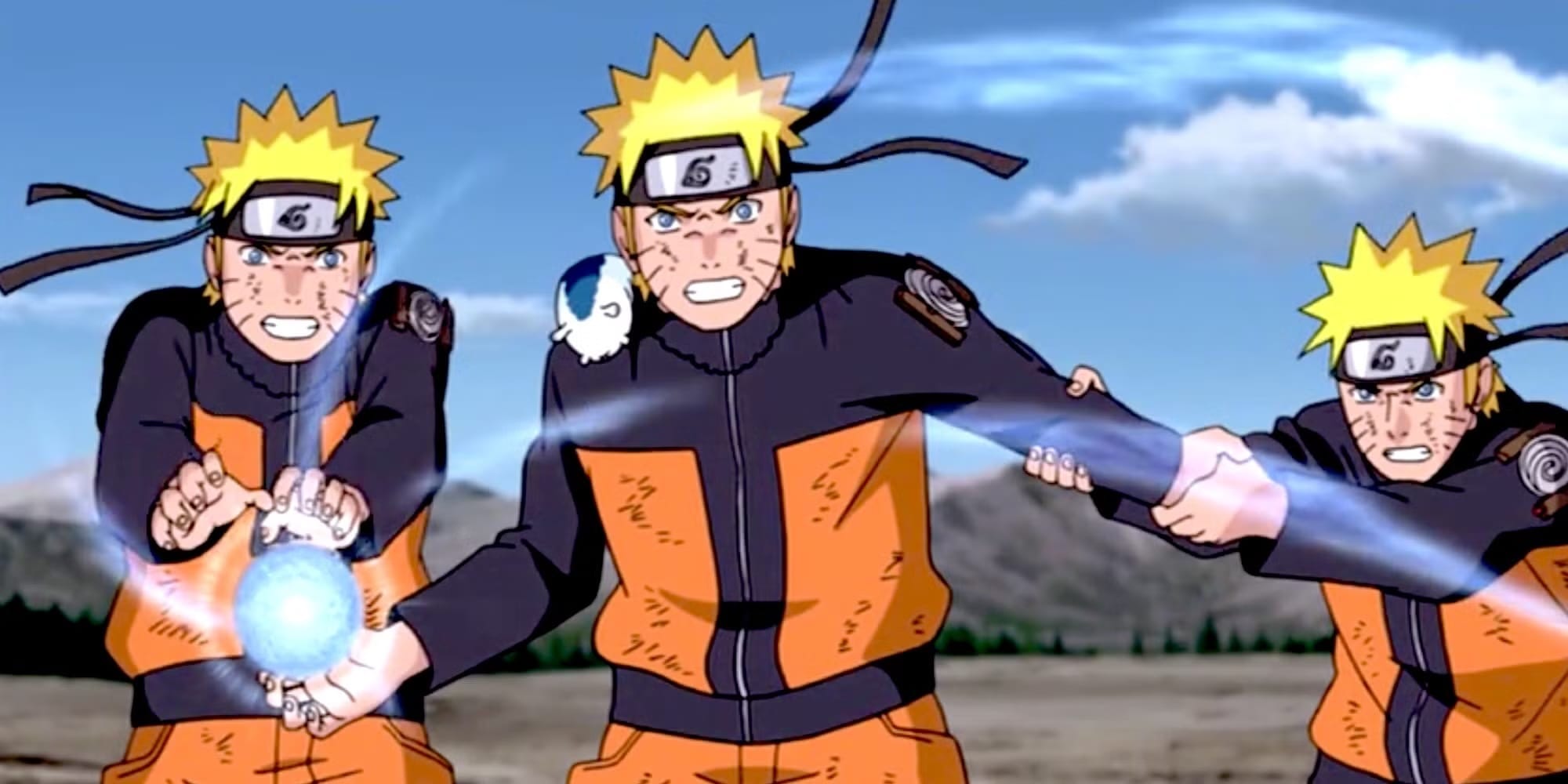Bunshin in America: How Shadow Clones Conquered US Pop Culture
Bunshin in America: Anime, Culture, and the Shadow Clone Technique's American Impact
The term "Bunshin" (分身), most famously translated as the "Shadow Clone Technique," has become deeply embedded in American pop culture, largely thanks to the immense popularity of anime and manga, particularly Naruto. But how did this Japanese concept make its way across the Pacific and captivate American audiences?
From Naruto to Networks: The Rise of Bunshin
The Naruto series, with its iconic characters and memorable jutsu (ninja techniques), played a pivotal role in introducing the Bunshin to a wider American audience. The Shadow Clone Technique, a powerful and versatile ability that allows the user to create multiple copies of themselves, became a staple of the show. This technique wasn't just visually impressive; it resonated with viewers due to its strategic applications and the way it highlighted the protagonist's determination and growth.

Image: Example of Naruto using the Shadow Clone Technique.
Beyond Naruto, the Bunshin concept appears in various other anime and manga series, contributing to its widespread recognition. Its presence in these forms of media has spurred:
- Increased Interest in Japanese Culture: Viewers are often inspired to learn more about Japanese language, traditions, and mythology.
- Widespread Adoption in Fandom: Bunshin is frequently referenced in fanfiction, fan art, and other forms of creative expression within the anime community.
Bunshin in American Pop Culture: Beyond Anime
The influence of Bunshin extends beyond anime and manga fandom. It's subtly woven into other areas of American pop culture, albeit often in a diluted or modified form.
Cosplay & Conventions
Anime conventions across the United States are filled with cosplayers dressed as their favorite characters, often replicating the iconic Bunshin technique through creative photography and group poses. These visual representations demonstrate the enduring appeal of the technique.
Video Games
Many video games, particularly those with a ninja or fantasy theme, incorporate abilities similar to the Shadow Clone Technique. This provides players with a strategic advantage and allows them to experience the power and versatility of the technique firsthand.
Metaphorical Usage
The idea of "cloning" oneself, whether literally or figuratively, has become a common metaphor for multitasking, efficiency, and the desire to be in multiple places at once. This can be seen in everyday conversations and in popular media, even outside of explicit anime references.
The Future of Bunshin in America
As anime and manga continue to gain popularity in the United States, the influence of the Bunshin technique is likely to grow. Its visual appeal, strategic applications, and thematic resonance ensure that it will remain a compelling and recognizable element of American pop culture for years to come.
Whether it's through cosplay, fanfiction, video games, or simply as a metaphorical expression, the Bunshin has firmly established itself as a powerful symbol of adaptability, determination, and the enduring appeal of Japanese culture in America.
Learn More
What are your favorite examples of the Bunshin technique in anime or other media? Share your thoughts in the comments below!